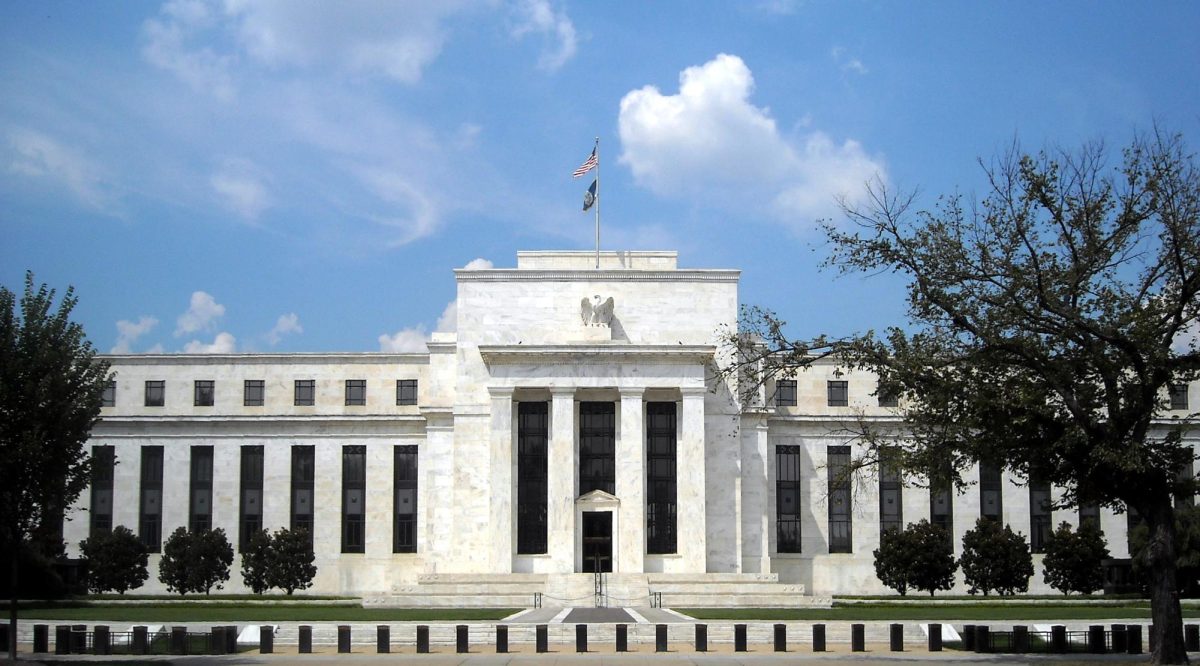As the era of historically low interest rates ends, the banking sector is now facing geopolitical headwinds, trade uncertainty and overall market fragmentation. However, despite external pressures, the commercial banking industry maintains a positive outlook as strong fiscal spending and temperate inflation in the current climate will slow down the flattening yield curve and boost demand for credit.
The health of the economy is tied to the performance of the banking sector. While there are concerns about the flattening yield curve, the Federal Reserve’s sudden dovish outlook hints at the continued credit growth in 2019. We are also continuing to reap benefits from the recent tax cut in 2018 and President Donald Trump’s increased fiscal spending.
Given the subdued interest rate environment, prudently expanding loan books and establishing a robust digital banking platform are the primary drivers of growth in the banking sector.
Throughout 2018, the rising rates helped banks increase profits in the consumer and commercial banking segment as the gap between the rates they offer to savers and the rate they lend widened. During this period of rising rates, the average net interest margin for all U.S. banks increased by 6 percent from 3.15 percent to 3.33 percent. In conjunction, credit card debt also increased to 19.3 percent from 18.4 percent.
Although the Fed may hold off raising rates in 2019, the trend of accumulating deposits and increasing loan book size will be fueled by the improved credit demand in the economy.
Another trend that’s fragmenting the entire industry is the rise of FinTech. Early adopters of digital banking such as JP Morgan Chase & Co. and Citizen’s Financial Group have been able to penetrate the millennial market and expand their geographical deposit footprint.
On the other hand, the majority of full-service banks must now decide between investing in horizontal integrations to strengthen their value chain to combat the new entrants or unbundle their consumer banking services to the new FinTech entrants.
At the same time, the FinTech trend has also increased the importance of branding and increased cost savings as brick and mortar locations are slowly phased out.
Geopolitical uncertainty from Brexit and the overall economic instability of the EU’s banking system is another considerable risk to the entire banking sector. While U.S. banks are all unified under the Central Bank, the European banking system lacks a central regulatory agency. As a result, Brexit could lead to a free-fall of the British pound and disrupt the entire European Union economy. The ongoing trade uncertainties also affect banks with international exposure, such as Citibank. However, we should keep in mind that external pressure ultimately doesn’t undermine or change the operational structure of a bank.
The biggest problem facing merger and acquisition activity and capital markets today is the rising cost of debt. While a quarter-point hike here and there won’t drastically lower profit margins, the consistent hikes have threatened the balance between servicing debt and reducing the principal. Banks are now seeking financing from foreign markets, which include Europe and India, and financial sponsors to combat the rising cost of debt.








